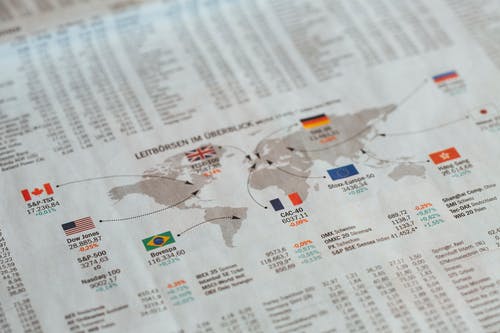3 min read
Acetyls Markets Cautiously Waiting for Signs of Global Economic Recovery
 William Bann
:
May 4, 2020 12:00:00 AM
William Bann
:
May 4, 2020 12:00:00 AM

The global acetyls industry has remained mostly steady in the face of the COVID-19 pandemic, but most producers and consumers expect challenging conditions to remain in place at least through the second quarter. Overall demand across the acetyls sector generally increases in Q2 due to seasonal influences in the paints and coatings markets, and increased consumer demand for soft drink and water bottles. However, it seems unlikely this established pattern will be followed in 2020.
Major producer Celanese has warned that it expected second quarter demand within its Acetyl Chain to decrease by 15-25% sequentially due to the “continuation of historically low pricing.” Other companies participating in the acetyls sector have lowered earnings forecasts and slashed capital expenditure budgets in an effort to maintain strong cash positions. Most companies are expecting market conditions will show improvement in the second half of the year, but confidence is shaky.
In North America and Western Europe, acetic acid demand into downstream sectors such as vinyl acetate monomer (VAM), purified terephthalic acid (PTA), ethyl acetate, acetic anhydride, peracetic acid, and monochloroacetic acid (MCAA) has held up well, according to market participants. The market in China has been under pressure due to weak export demand for many acetyls products, which led to very high inventory levels in April as domestic consumption was still not strong enough to make up the difference.
Vinyl acetate monomer is used widely in paint, coatings, adhesives, and films for food and consumer goods packaging which have been in high demand during the crisis in North America and Europe. Output of PTA has increased due to stronger operating rates as the demand for virgin PET resin has increased due to a shortage of recycled PET due to COVID-19-related closures. Ethyl acetate demand has increased due to higher demand for gravure inks for flexible packaging. Acetic anhydride, peracetic acid, and MCAA are used in various applications related to pharmaceuticals, hygiene products, food ingredients, and agricultural chemicals which are considered essential products.
Demand for acetyls products with applications related to the automobile industry, such as butyl acetate (coatings) or polyvinyl butyral film (safety glass inter-layer) has been sharply lower since widespread lockdowns began late in the first quarter.
Acetic acid prices in China slumped further in early April due to the lack of buying interest from regular destinations for export cargoes, most notably India but also other countries in South and Southeast Asia. Domestic market prices in China fell below Rmb2000/ton at one point in early April, a level at which most, if not all, producers were operating at a loss. At the same time, export prices decreased to around $220-230/ton fob China Main Port. This prompted several producers to announce temporary closures or maintenance outages, and both domestic and export prices moved back up in late April. However, prices stalled again in early May as COVID-19 measures remained in place.
While many countries have started emerging from strict lockdown conditions, they have done so tentatively. The restarting of economic activity is being realized in stages, with some sectors and businesses still many weeks away from resuming anything close to “normal activity” – whatever the true definition of that statement might be. How the full re-opening of economic activity will be achieved is not yet known. What has become clear in recent weeks is that COVID-19 has delivered a crushing blow to global economy output and energy markets.
Economists are starting to understand the scale of the problems created by COVID-19. Global GDP is expected to shrink by 5.8%, according to US-based Probe Economics, with most regional economies expected to see sharp declines as well. The only exception is China, although forecasts show GDP growth of only 0.3% for 2020. North America’s GDP is expected to contract by 8.5%, with losses also seen in West Europe (-8.0%), Northeast Asia (-5.9%), South & Southeast Asia (-3.2%), South America (-5.4%), East Europe (-6.9%), and Middle East & Africa (-4.3%).
In comparison, global GDP decreased by 1.7% in 2009, according to Probe Economics, after the financial crash that began in late 2008. China’s GDP growth in 2009 was 8.9%, and 3.8% in South & Southeast Asia. Meanwhile, GDP totals decreased in North America (-2.7%), West Europe (-6.4%), and Northeast Asia (-4.3%). The global economy bounced back fairly quickly in 2010, and recovery is expected in 2021 even though great uncertainty remains.
Sign up for our blogs to stay up to date on the latest issues impacting the global chemicals industry.




